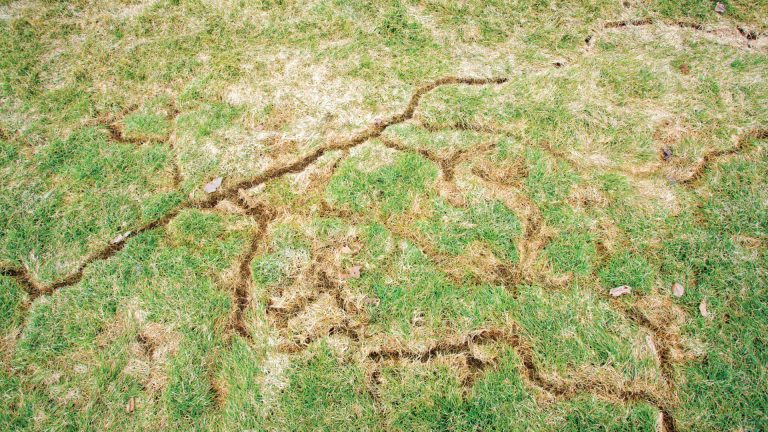Relied On Vole Control in Utah: Solutions for Your Property
Relied On Vole Control in Utah: Solutions for Your Property
Blog Article
Comprehensive Guide to Effective Vole Insect Control: Infestation Recognition and Therapy Techniques
In the realm of reliable insect control, vole invasions position an one-of-a-kind obstacle that requires a strategic strategy. These tiny rats, usually mistaken for mice, can damage yards, lawns, and crops if left uncontrolled. Determining the signs of vole visibility and carrying out targeted therapy approaches are vital parts of a successful insect management plan. By exploring the subtleties of vole behavior, recognizing vital indications of problem, and evaluating a range of control alternatives, one can develop a detailed method to battle these elusive pests.
Understanding Vole Behavior
Vole habits is identified by their tunneling practices and rapid reproduction rates, making them a difficult pest to manage effectively. These tiny rats typically develop detailed passage systems underground, using them for shelter, food storage, and transport. Voles are herbivores, eating a range of plants, bulbs, turfs, and origins, which can cause significant damages to gardens, orchards, and grass. Their fast reproductive rate further complicates control initiatives, with women qualified of generating numerous litters in a solitary year, each including several children.
Voles are most active throughout the morning and evening hours, spending the bulk of their time foraging for food. Their burrowing habits not just disturb gardens and grass yet likewise make them challenging to get rid of and spot. Comprehending vole actions is critical for reliable bug control methods. By identifying their burrow places, monitoring feeding locations, and executing targeted control approaches, such as trapping or environment alteration, vole problems can be managed efficiently.
Signs of Vole Invasion

Avoidance Techniques
Applying efficient prevention methods is important in reducing vole infestations and protecting greenery from their damaging feeding routines (vole control utah). To stop vole problems, it is important to begin by eliminating possible food sources and sanctuary. Keep lawn and plants trimmed short, eliminate weeds and particles, and preserve a neat garden or lawn to make the area much less eye-catching to voles. Mounting barriers such as equipment cloth or underground secure fencing can additionally help deter voles from entering specific locations. Additionally, minimizing excess wetness by dealing with leaky pipelines and making certain appropriate drainage can make the setting less welcoming for voles.
Routinely inspecting the home for indications of vole task, such as paths and delve openings, is important for early detection and prompt action. Take into consideration using traps or repellents tactically put near their paths if vole task is thought. Employing natural predators like owls or snakes can also aid maintain vole populaces in check. By carrying out a combination of these prevention approaches, garden enthusiasts and property owners can efficiently secure their plants from vole damage.
Non-Lethal Control Approaches
To efficiently manage vole populaces while focusing on gentle techniques, non-lethal control approaches provide practical solutions for reducing vole damages in yards and landscapes. One efficient method is using physical barriers such as hardware towel or wire mesh to safeguard Learn More Here susceptible plants. These barriers can be buried at least 12 inches deep and curved at a 90-degree angle to avoid voles from burrowing underneath. In addition, habitat alteration can hinder voles by lowering their favored food sources and hiding areas. Preserving a well-mowed yard, getting rid of particles, and maintaining greenery trimmed can make the atmosphere less enticing to voles.

Lethal Control Options
One reliable technique for attending to vole infestations in landscapes and yards entails the strategic use of lethal control options. When faced with an extreme vole problem that non-lethal methods have stopped working to have, implementing deadly control actions ends up being important. On the whole, when employing deadly control choices, it is crucial to do so responsibly and in accordance with regional guidelines to successfully handle vole invasions.
Conclusion
Finally, reliable vole parasite control calls useful site for an extensive understanding of vole habits, identification of indicators of infestation, implementation of prevention approaches, and application of both non-lethal and dangerous control techniques. By integrating these strategies, individuals can efficiently take care of vole populations and safeguard their residential property from damages. It is very important to address vole infestations quickly to avoid additional issues and lessen the effect on the surrounding setting.
Given the detailed passage systems and rapid reproduction prices characteristic of voles, identifying the indicators of vole invasion becomes necessary in efficient bug control. One of the main indicators of vole visibility is the existence of surface runways or trails in turf or snow, generally regarding 1-2 inches large, produced as voles take a trip in between their burrows and food sources.To efficiently manage vole populaces while focusing on humane techniques, non-lethal control approaches offer sensible solutions for minimizing vole damages in landscapes and yards.One effective method for dealing with vole invasions in yards and landscapes includes the calculated use of lethal control alternatives. vole control.In verdict, efficient vole pest control calls for a thorough understanding of resource vole actions, identification of indications of infestation, application of prevention techniques, and application of both non-lethal and deadly control techniques
Report this page